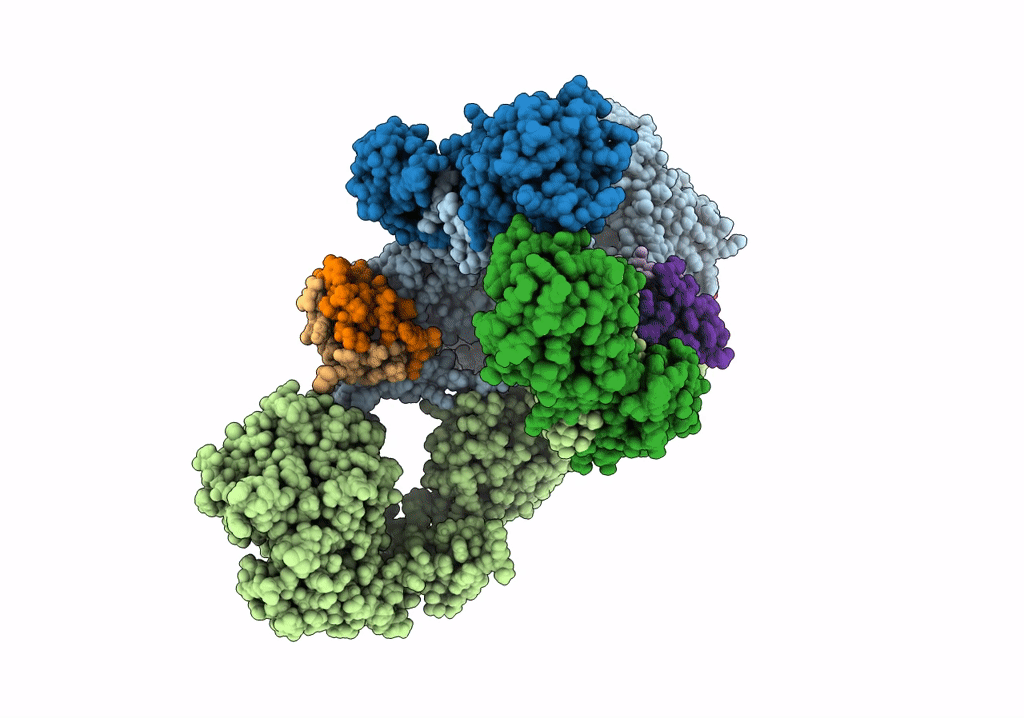
Deposition Date
2021-12-14
Release Date
2022-02-02
Last Version Date
2024-10-23
Entry Detail
PDB ID:
7QID
Keywords:
Title:
tentative model of the human insulin receptor ectodomain bound by three insulin
Biological Source:
Source Organism:
Homo sapiens (Taxon ID: 9606)
Host Organism:
Method Details:
Experimental Method:
Resolution:
5.00 Å
Aggregation State:
PARTICLE
Reconstruction Method:
SINGLE PARTICLE


